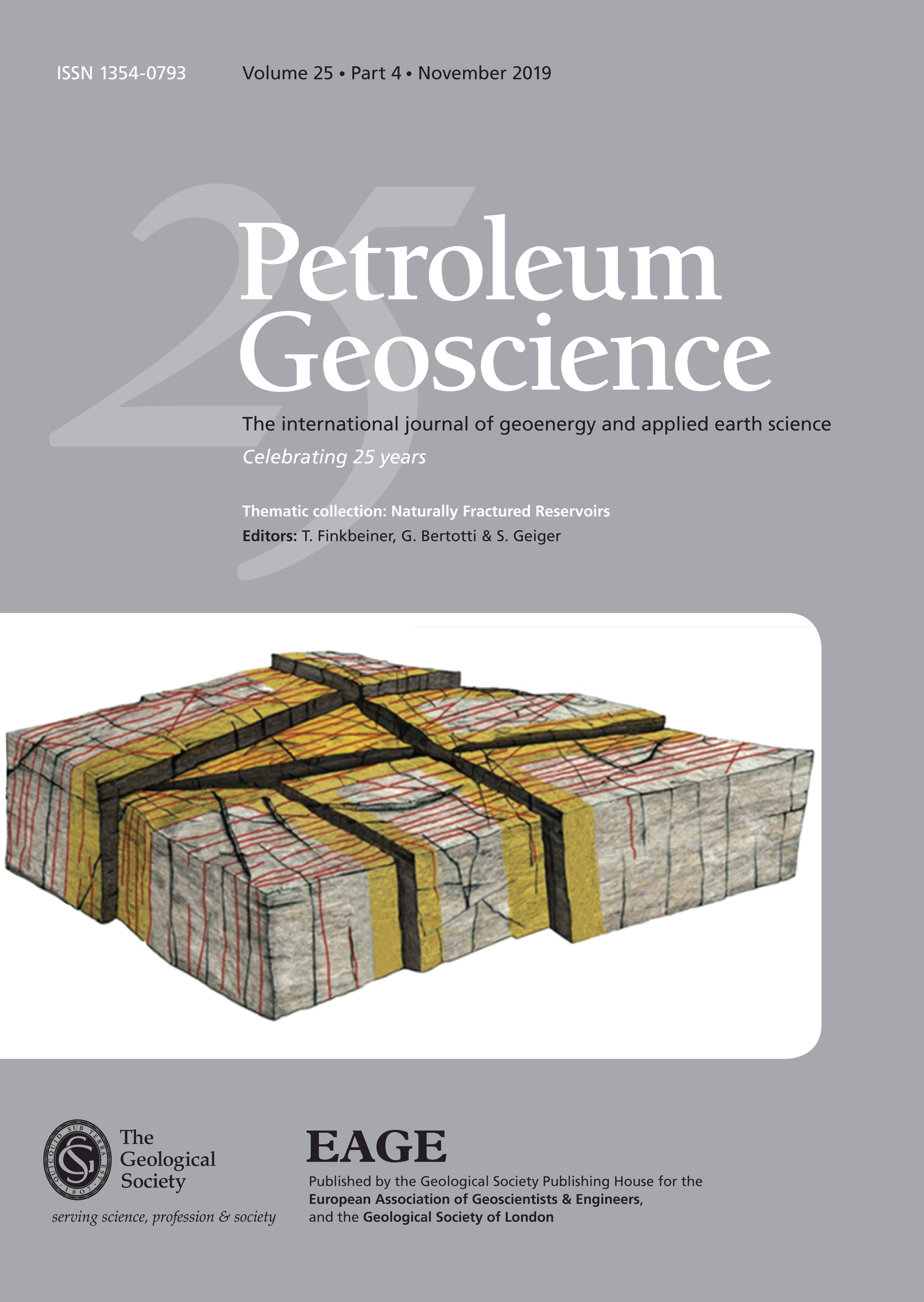
Full text loading...
Most carbonates have a dual porosity and permeability (matrix and fracture). As fractures are preferential conduits for fluid flows, fracture networks strongly impact reservoir hydraulic properties. Two fracture patterns can affect reservoirs: random background fractures in the host rock; and damage-zone-clustered fractures in fault zones. This study identifies the structural and diagenetic attributes of both fracture patterns and determined their respective impact on reservoir properties. The study focuses on the eastern part of La Fare Anticlinal (SE France). Lower Cretaceous, Urgonian facies carbonates underwent a polyphase tectonic history. Faults were set up as normal and were later reactivated as strike-slip. We made a 290 m scanline along the outcrop to characterize the fracture network in and outside the fault zones. The diagenetic analysis of 45 thin sections in polarized light microscopy with scanning electron microscopy and cathodoluminescence evidenced three cementation phases and two micrite recrystallization phases. This study shows that fault-zone structural properties and deformation are dependent of the initial host-rock background fracture network. The fault-zone structure with a damage-zone fracture network encouraged fluid flow and the cementation of S2 phase. This fluid flow, absent in the host rock, strongly modified the reservoir properties of the studied zone.
Thematic collection: This article is part of the Naturally Fractured Reservoirs collection available at: https://www.lyellcollection.org/cc/naturally-fractured-reservoirs

Article metrics loading...

Full text loading...
References


Data & Media loading...

